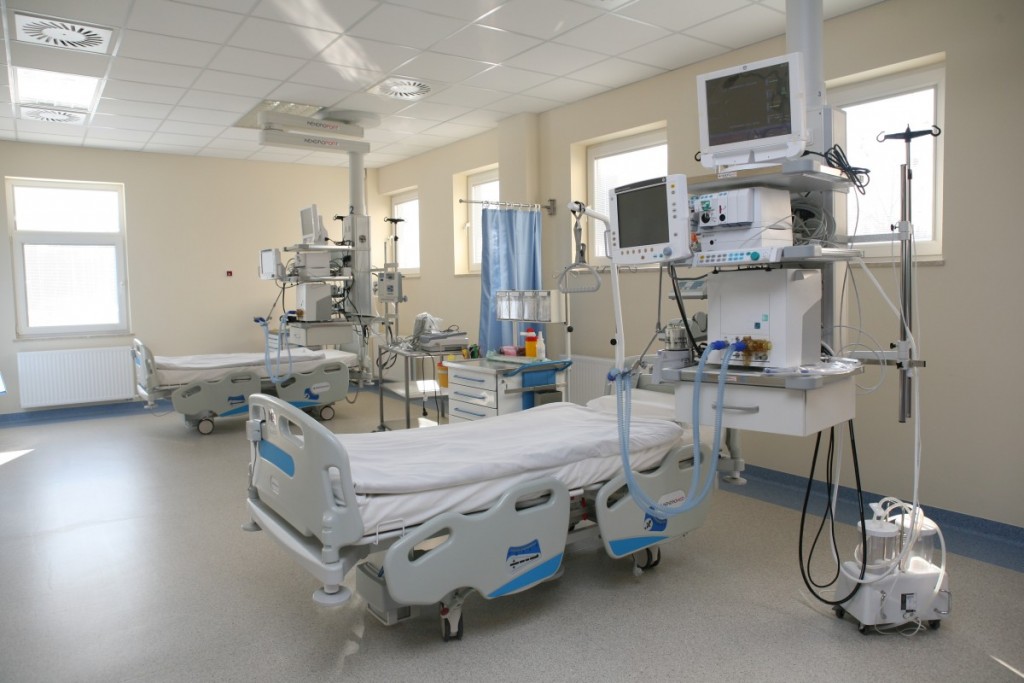-
Tips for becoming a good boxer - November 6, 2020
-
7 expert tips for making your hens night a memorable one - November 6, 2020
-
5 reasons to host your Christmas party on a cruise boat - November 6, 2020
-
What to do when you’re charged with a crime - November 6, 2020
-
Should you get one or multiple dogs? Here’s all you need to know - November 3, 2020
-
A Guide: How to Build Your Very Own Magic Mirror - February 14, 2019
-
Our Top Inspirational Baseball Stars - November 24, 2018
-
Five Tech Tools That Will Help You Turn Your Blog into a Business - November 24, 2018
-
How to Indulge on Vacation without Expanding Your Waist - November 9, 2018
-
5 Strategies for Businesses to Appeal to Today’s Increasingly Mobile-Crazed Customers - November 9, 2018
Hospital rooms are even dirtier than you thought!
A new study shows that cleaning procedures in hospitals are not exactly consistent, thus leading to a number of infections after patients are told that their issues are solved and are sent home.
Advertisement
Based on the statistics that say roughly one in 25 American patients develop an infection during a hospital stay, researchers thought they would find more hard data on the issue of cleaning hospital room surfaces.
While there are some studies, there aren’t enough to guide proper action, which is surprising for a matter of such importance, stated lead author Dr. Craig Umscheid, an assistant professor of medicine and epidemiology at the University of Pennsylvania’s Perelman School of Medicine in Philadelphia, according to the report. Experts have often said that only half of the infected surfaces are properly cleaned to remove germs.
The researchers identified 80 studies (76 primary studies and four reviews), of which 49 examined cleaning methods, 14 assessed monitoring strategies, and 17 related to challenges or facilitators to implementation.
The investigators found only five randomized, controlled trials that explored the best ways to disinfect surfaces. They included studies examining surface contamination, colonization, or infection with Clostridium difficile, methicillin-resistant Staphylococcus aureus, and vancomycin-resistant enterococci.
Additionally, most revised studies focused on a unique cleaning product or technique and failed to compare them against others. Plus, cleaning personnel is more concerned over whether a cleaning product would leave a stain or discolor a surface rather than whether it would properly disinfect that surface, researchers noted. Although a new systematic overview points to several promising cleaning tactics for these high-touch surfaces, there’s a lack of evidence as to which is the most effective for reducing health care-associated infections (HAIs) (Ann Intern Med 2015 August 11. doi: 10.7326/M15-1192 [Epub ahead of print]).
The majority of the reviewed research took the form of experiments comparing surface contamination before or after cleaning with a particular product, with less than 35 percent measuring patient-centered outcomes.
“A hospital is a busy and chaotic place”, Richards said. “Just by virtue of the environment, it’s a very hard type of research to conduct”.
The ECRI-Penn EPC team looked at three broad categories of evidence: 1) which agents and methods were used to clean hard surfaces; 2) what approaches were available to monitor the effectiveness of cleaning; and 3) what systems-level factors are needed for cleaning and monitoring to be successful.
“This study seems to be more of a compendium of past studies and doesn’t provide any new information”, she said.
Advertisement
We associate hospitals with hygiene and cleanliness.





























